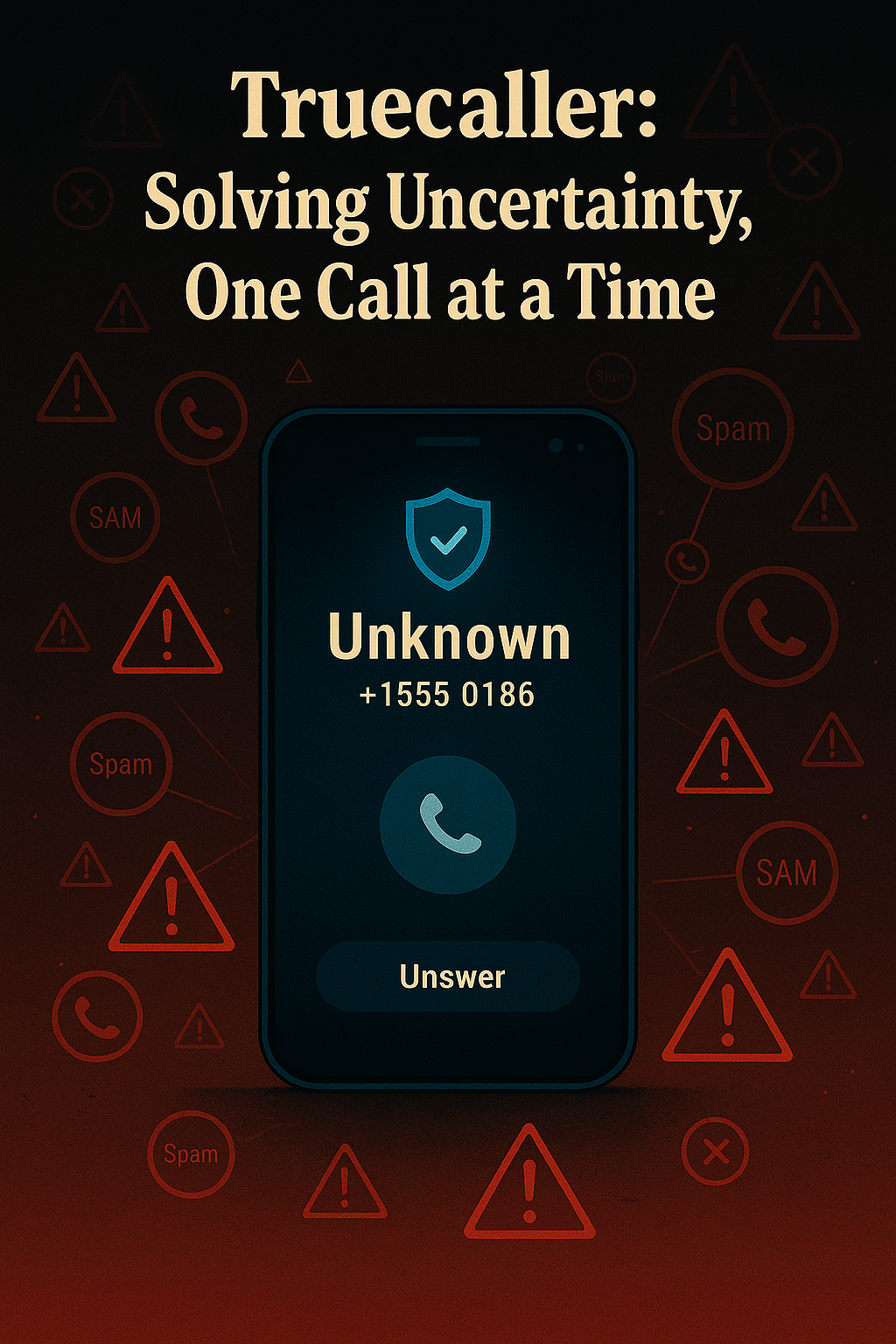Product Management News
Medium
55

Image Credit: Medium
A pragmatic framework for prioritizing GenAI use cases in product roadmaps
- A pragmatic framework for prioritizing GenAI use cases in product roadmaps has been outlined.
- The framework includes dimensions such as Interaction Model, Guidance Level, and User Trust Threshold.
- It suggests that features should align with user trust levels to ensure adoption.
- The framework emphasizes designing for high trust first before advancing to more proactive and prescriptive AI interactions.
Read Full Article
3 Likes
Medium
317

Image Credit: Medium
Mastering A/B Testing: Design, Implementation, and Analysis
- A/B testing contrasts traditional decision-making with controlled experiments for data-driven insights.
- It allows comparing versions, measuring impacts, and optimizing based on real user interactions.
- Proper experimental design, sample size determination, and avoiding common mistakes are essential.
- Understanding statistical significance and rigorous experimental practices are crucial in A/B testing.
Read Full Article
19 Likes
Medium
309

Image Credit: Medium
AI Insights Series #8: Using AI to find Product-Market Fit
- Product-market fit (PMF) is essential for a product to solve a problem for users who are willing to pay for it, recommend it, and return for more.
- AI can help identify problems worth solving faster and more comprehensively, aiming to surface frequent, painful, and underserved issues.
- Before investing in development, validating demand is crucial, and AI can enable testing multiple hypotheses simultaneously to demonstrate real audience interest.
- AI aids in analyzing user behavior in real-time, helping identify patterns, refine messaging, and scale efficiently post attaining PMF.
Read Full Article
18 Likes
Medium
0

Beyond Prompts: How AI Is Reshaping the Legal System from the Backend Out
- AI tools are transforming the legal system, playing a central role in managing risk, oversight, and accountability.
- AI in legal tech encompasses various forms like agentic, prompt-based, and rules-aware systems, deployed across high-stakes legal environments.
- Legal teams now use AI for tasks such as summarization, internal queries handling, and strategic response recommendations.
- Different types of AI serve specific functions within the legal infrastructure, supporting tasks ranging from fast summarization to complex investigative workflows.
Read Full Article
Like
Discover more
- Programming News
- Software News
- Web Design
- Devops News
- Open Source News
- Databases
- Cloud News
- Operating Systems News
- Agile Methodology News
- Computer Engineering
- Startup News
- Cryptocurrency News
- Technology News
- Blockchain News
- Data Science News
- AR News
- Apple News
- Cyber Security News
- Leadership News
- Gaming News
- Automobiles News
Medium
279

Image Credit: Medium
Teaching an AI to Write Like Me (Without Losing My Mind)
- Teaching AI to write in personal style for drafting improved initial drafts.
- AI mimicking personal voice was eerie yet enlightening, revealing writing patterns and quirks.
- Experiment evolved from dissatisfaction with soulless AI-generated content to developing personalized AI drafts.
- Iterative process involved feeding AI writing samples and refining drafts for authentic voice.
- Successful approach focused on creating scaffolding for adding specific experiences in AI-generated content.
Read Full Article
16 Likes
Medium
120
Image Credit: Medium
Product Teardown — Zepto: 3 Product Ideas to Improve Repeat Orders
- Product Teardown of Zepto, India’s 10-minute grocery delivery app, focuses on improving repeat orders.
- Retention is crucial in quick commerce; the breakdown suggests ideas to enhance re-engagement and reordering.
- Suggestions include personalized reorder options, gamified incentives, and post-order upselling for increased engagement and user experience.
- Lessons emphasize the use of smart, personalized nudges, gamified incentives, and gentle upselling after order confirmation.
Read Full Article
7 Likes
Medium
4

‘’ Where Listening Becomes Leadership: Unlocking Voice Data with VocalLabs.ai ‘’
- VocalLabs.ai is a cutting-edge voice analytics platform founded in 2024 by Nileesh Kumar, Mritunjoy Das, and Rag Sanil, empowering businesses to extract, analyze, and act on voice data at scale.
- Voice data provides deeper insights than text-based analytics, capturing cues like tone, urgency, and emotion, leading to quicker insights and increased contextual intelligence.
- VocalLabs.ai offers features like sentiment analysis, emotion recognition, theme clustering, real-time alerts, call automation, CX/product intelligence, and workflow integrations, focusing on strategy rather than just transcription.
- The platform helps startup founders get direct voice-of-customer feedback, product managers create focused roadmaps, and CX teams solve problems and boost satisfaction without scaling headcount, harnessing the power of the human voice for enhanced customer connection in a digital age.
Read Full Article
Like
Medium
77

Image Credit: Medium
Designing Feedback Loops: How UX Can Improve AI Over Time
- Most AI systems evolve based on the data they're trained on, including user feedback.
- Feedback mechanisms in AI often feel mechanical and lack depth.
- To improve, AI systems need deliberate, structured, and conversational user feedback.
- UX designers are key in creating meaningful feedback loops to enhance AI over time.
Read Full Article
4 Likes
Medium
231
Image Credit: Medium
Some Thoughts on Revolut
- Revolut is a neobank founded in 2015 in the UK, operating online without physical branches.
- It aims to make international banking cheaper and easier, initially focusing on offering interbank exchange rates for currency conversions.
- Revolut has evolved into a multi-functional financial platform, catering to diverse user types, including cross-border users.
- The company's mission is to make financial services easily accessible, with a digital-first platform and a strong strategic fit for cross-border users.
Read Full Article
13 Likes
Medium
231

Image Credit: Medium
As an International Relations graduate who never had an undergraduate internship, I found myself…
- A person reflects on their journey from being inexperienced in product and project management to gradually learning on the job.
- They started by observing a senior product manager, then began leading stand-ups and sprint reviews, gradually taking on more responsibilities.
- The individual acknowledges the continuous learning process and appreciates the support received from their Senior Product Manager.
- They emphasize that growth and progress in one's career do not always require loud confidence but can also come from quiet confidence and meaningful work.
Read Full Article
13 Likes
Medium
183

Image Credit: Medium
I Thought My AI Product Would Change Everything — Until I Faced This Brutal Truth
- Many AI products fail to deliver business value, with an astonishing 80% failure rate.
- The main reason for AI product failure is often the lack of addressing genuine user problems or usability issues.
- The challenge lies in maintaining relevance rather than gaining awareness in a market that shows little interest in your business.
- This harsh reality can lead to low user acquisition, disinterest from the market, and potential job losses for sales teams.
Read Full Article
10 Likes
Medium
60

The Quiet Strength: How Introversion, Silence, and Design Thinking Shape My Work
- Introversion is not about being loud or outgoing but about where we draw energy and how we connect.
- Perception can differ from how introverts feel inside, often misunderstood due to their quieter nature in group settings.
- Embracing silence, actively listening, and contributing meaningfully have improved confidence in group dynamics for introverts.
- Connecting introversion traits like empathy, inclusiveness, and reflection to Design Thinking principles leads to more effective problem-solving and collaboration.
Read Full Article
3 Likes
Medium
382

Image Credit: Medium
Product Notes by Sai —Why So Many Products Fail — and What I’m Learning from Inspired by Marty…
- The article discusses the author's experience with the book 'Inspired by Marty Cagan' and how it has impacted their understanding of product management.
- Key takeaways include the importance of the product manager's role, understanding team dynamics, and adapting product thinking to different company stages.
- The article emphasizes the significance of product discovery in startups, the evolution of product teams, and the challenges of waterfall thinking in product development.
- Overall, the author highlights the importance of challenging assumptions, involving the right people, and staying close to customers for successful product management.
- The author plans to reflect on upcoming chapters and welcomes discussion on insights gained from the book 'Inspired by Marty Cagan'.
Read Full Article
22 Likes
Medium
171

Image Credit: Medium
How Truecaller Quietly Became India’s Trust Network! A Product Teardown
- Truecaller addresses the issue of unfamiliar calls effectively, making it a vital tool in nations with prevalent spam and scam calls.
- The product's success lies in its ability to instill trust, mark spam calls, and create a loop of confidence for users.
- Truecaller's growth is driven by a self-reinforcing network effect, focusing on utility and user trust rather than heavy advertising.
- The product's UI is designed to be efficient and unobtrusive, supported by a robust backend infrastructure for seamless operation.
Read Full Article
10 Likes
Medium
21

Image Credit: Medium
The PM’s Guide to the AI Galaxy: ChatGPT vs. Copilot vs. Gemini — A Totally Unbiased Showdown
- A Senior Product Manager at Walmart uses AI tools like ChatGPT, GitHub Copilot, and Google Gemini to assist with various tasks such as writing PRDs, strategy docs, and creating presentations.
- The author compares the free versions of ChatGPT, Microsoft Copilot, and Google Gemini, highlighting their strengths and weaknesses for tasks like drafting emails and technical writing.
- In the paid versions showdown, the author suggests that the choice depends on the specific requirements and tasks of the product manager.
- The article concludes with a tool-by-task cheat sheet, summarizing the strengths of each AI assistant and acknowledges other players in the AI product management space.
- Overall, the article provides insights into leveraging AI assistants for product management tasks and encourages readers to share their experiences with AI tools in the comments section.
Read Full Article
1 Like
For uninterrupted reading, download the app